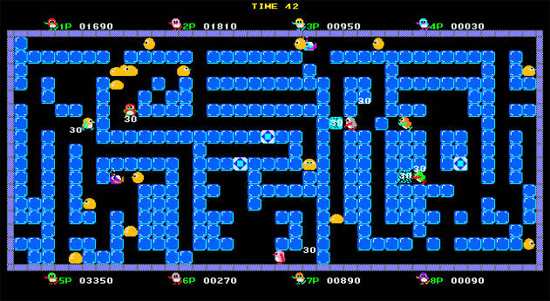-Is concerned with the signs or images which circulate in a post-WW2, consumer, culture. (And an economic system that is largely centered around the production of images of images of images of images, etc.)
-Images are not objects or things (i.e. they’re not “real”), but abstractions.-All images circulate freely in relation to the objects they supposedly re-present (the ways people talk about porn today, such as “food porn” for how Top Chef shows us images of food, is a perfect example of this)
-Pop Art is concerned with the Outside (i.e. meaning as something exterior and in the world and not inside of a suffering, alienated, individual, as it was for the abstract expressionists)
-Is popular, yet still “avant-garde” for its era (i.e. new).-Pop Art challenges many of our long held assumptions about art and meaning (e.g. the idea that meaning is “essential” or inside of “things” rather than out here in the world, on the surface of things)
-Warhol’s work, in particular, seems to challenge many of our assumptions about gender and sexuality (e.g. he suggests that masculinity and femininity are nothing more than images and not objects).
-Warhol and other Pop Artists show us the process at work in the production of art (and the “real”) itself. This suggests to us that the real is something made (i.e. produced) and not “essential” (i.e. it does not pre-exist our encounter with and/or our production of it). This marks the “false” or the “fake”–both associated with the surface (the outside), with the image, with art itself–as something positive and productive. We will come back to this big idea and continue to look at it in different ways, including through film. To sum this up, the fake, the superficial, art itself, makes the real.
Feel free to make your own lists like this to help you remember what we’ve been going over in class. In coming weeks, we will return to discuss Warhol (and some of the Foster text in the Pop book). In particular, we will look at the idea of simulacra/simulation and the idea of art and its relation to language and meaning in the work of Nietzsche. But first we will consider Douglas Sirk’s “fakebook” and learn how film directors use the technique of mise-en-scene to produce emotional responses in the viewer.
